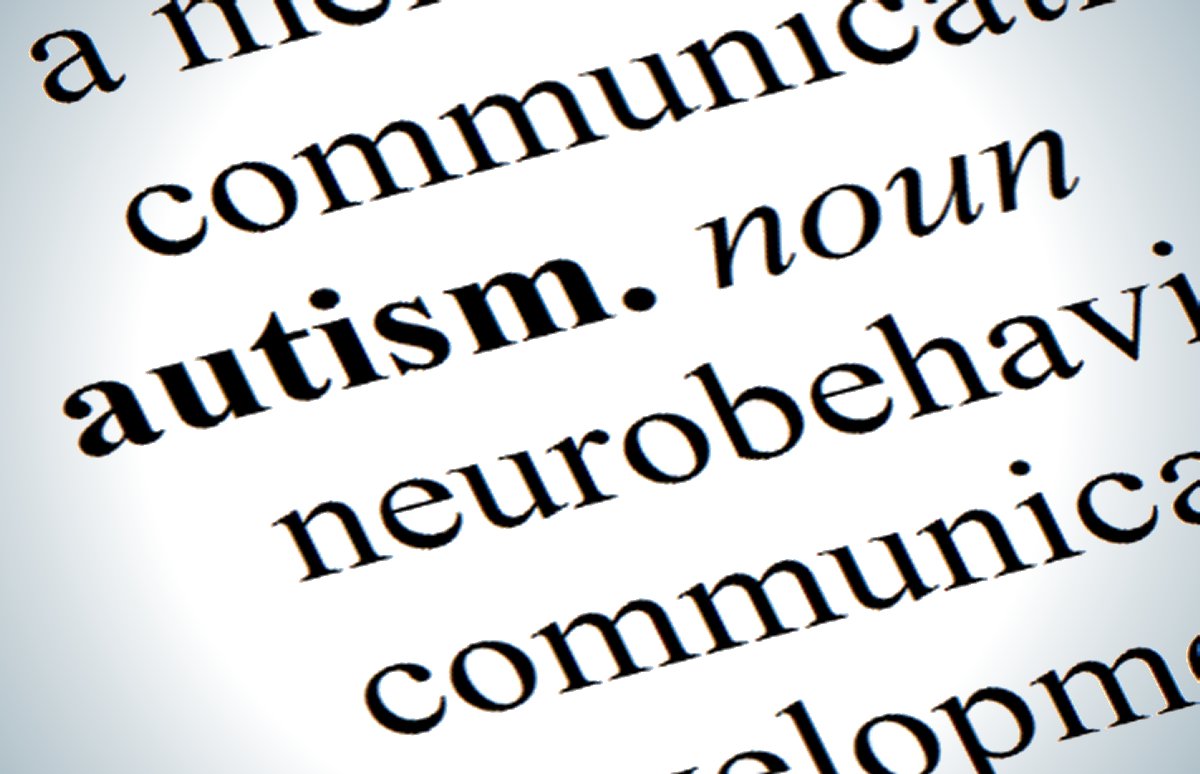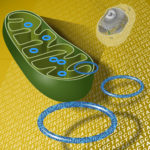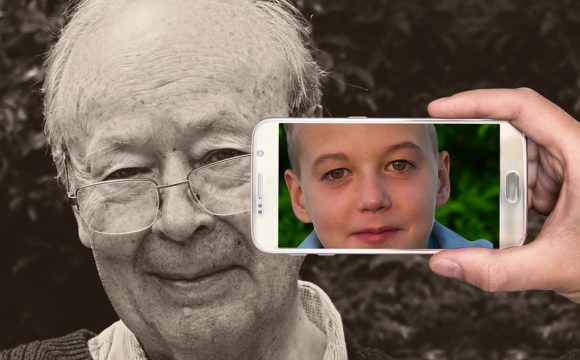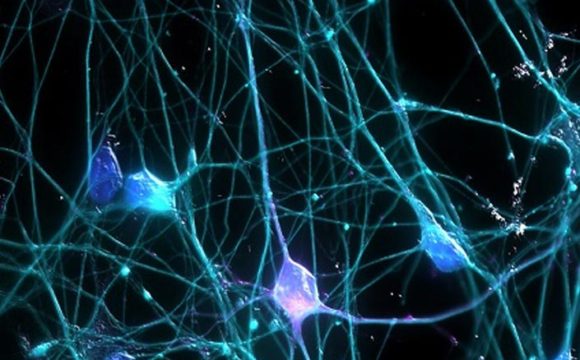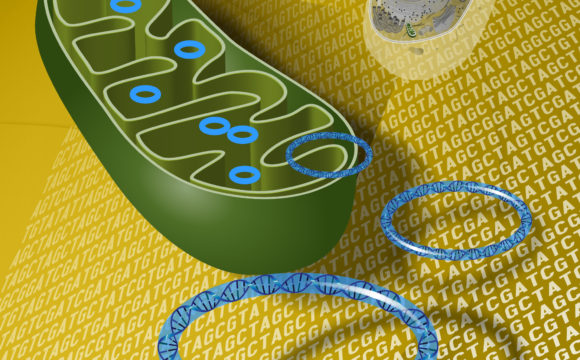Autism (also called as ASD or Autistic Spectrum Disorder) is a neurodevelopmental disorder that affects ones interactive and communicating abilities. Both verbal and nonverbal communication gets restricted and repetitive. The exact causes of this condition are not yet established and are generally regarded as a combination of genetic and environmental factors. The exact pathophysiology of the disease is also not known but theories have suggested Disturbed neuronal migration during early gestation, abnormal formation of synapses, excess neurons causing local connectivity amongst other reasons. It can occur at any age but is most common between 3 to 18 years of age. Over one million cases are recorded in India every year. Diagnosis occurs from behavioural observations from interviews and interaction only. There exists no specific treatment either.
The biomedical research on autism over the years has found about 60 different genes whose mutation can be linked with ASD. A recent study which has been conducted by Boston Children’s Hospital and the Broad Institute of MIT and Harvard attempts to investigate mutations that occur after conception in nearly 6,000 families using various sequencing approaches to determine their role in Autism. The findings were published in Nature Neuroscience.

(Source: http://www.ubooks.pub/Books/ON/B0/E10R1010/16MB10.html)
The non-heritable mutations in the genes are referred to as the De novo mutation. These mutations can either occur in sperm or egg cell before fertilization or can also occur after fertilization in the embryo, this is known as post-zygotic mutations or PZMs (somatic mutations). The researchers systematically analyzed post-zygotic mutations (PZMs) in whole-exome sequences (sequencing all expressed genes in a genome) from the sample. The DNA sample was collected from blood and was matched with the publicly available data at the BrainSpan Project to map the brain regions where mutated genes are expressed. They identified about 7.5% of de novo mutations as PZMs, around 83.3% of which were not described previously. Most of these PZMs involved genes were known to cause neuro-developmental disorders like CN2A, HNRNPU, and SMARCA4, many of them were enriched for expression in the amygdala (brain structure located close to the hippocampus). While only Two genes (KLF16 and MSANTD2) were enriched for PZMs genome-wide expression at a significant level. The connection between several of these genes and autism may have been overlooked in the past as many of these post-zygotic mutations represent a gain of functionality while in the past the centre of attention has been mutations which knocked down gene function. On the fact that most of these genes are expressed in amygdala, a lead researcher said “This was exciting to us, in that the amygdala has been proposed as an important region of the brain in autism,” (as reported on sciencedaily.com).
The brain regions in which the mutated genes are expressed. Highest is in the amygdala (AMY), in red. There are minor hits in the striatum (STR) and cerebellar cortex (CBC) but no statistical significance.
(Source: Lim et al. 2017)
The overall findings of the study add evidence in favour of the fact that non-inherited mutations occurring at some point during prenatal development can give rise to brain disorders.
Reference:
Elaine T Lim et al. Rates, distribution, and implications of postzygotic mosaic mutations in autism spectrum disorder. Nature Neuroscience 2017.



